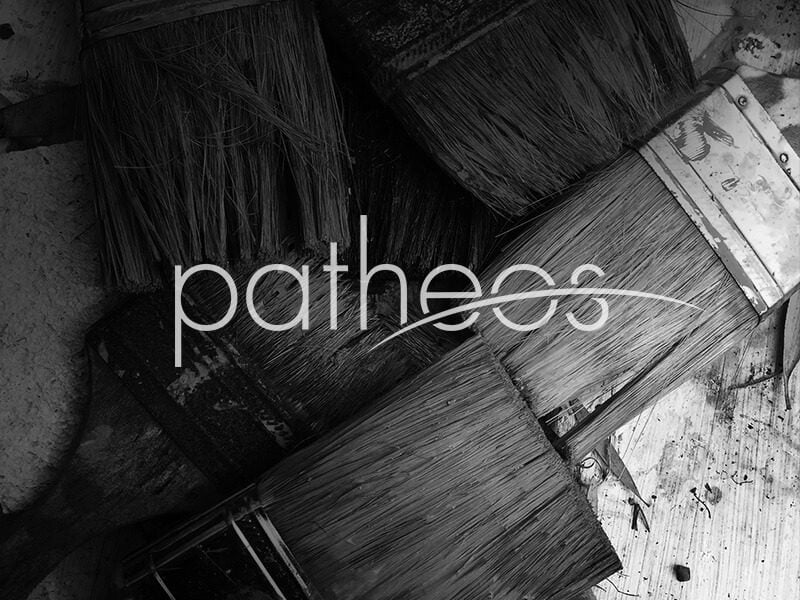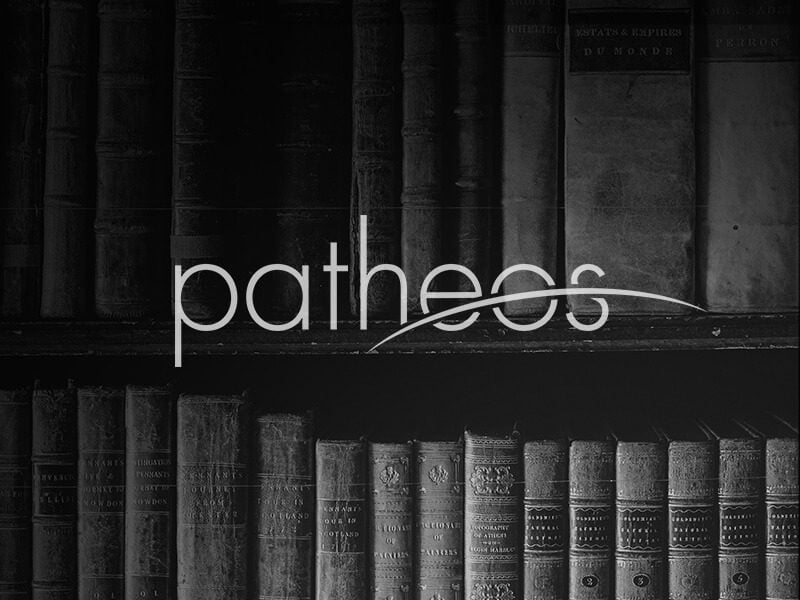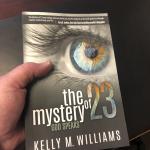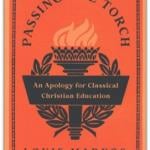Hezekiah “completes” a Passover (2 Chronicles 31:1a), then starts breaking things. He continues until the destruction is also “complete” (2 Chronicles 31:1b; Heb. kalah). He breaks pillars, cuts down Asherim, and pulls down high places and altars. Hezekiah’s purge is described in a single complex verse, 2 Chronicles 31:1: A. After they completed all this [Passover celebration] B. all Israel went out C. to the cities of Judah D. and shattered pillars, cut Asherim, pulled down high places and altars C’.... Read more




















